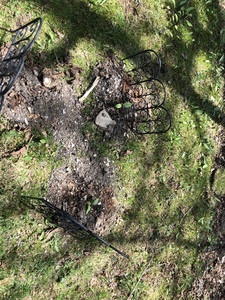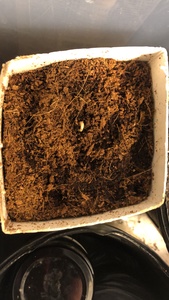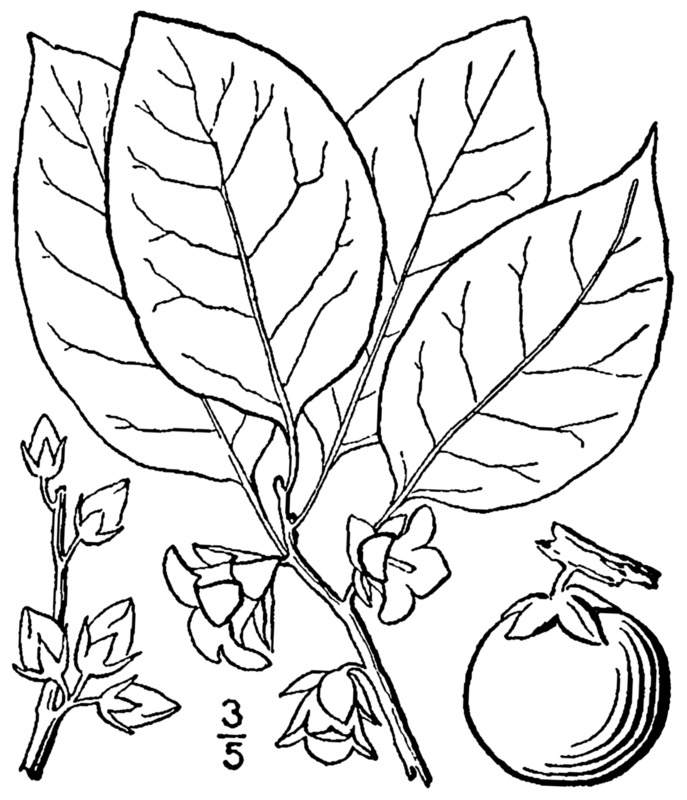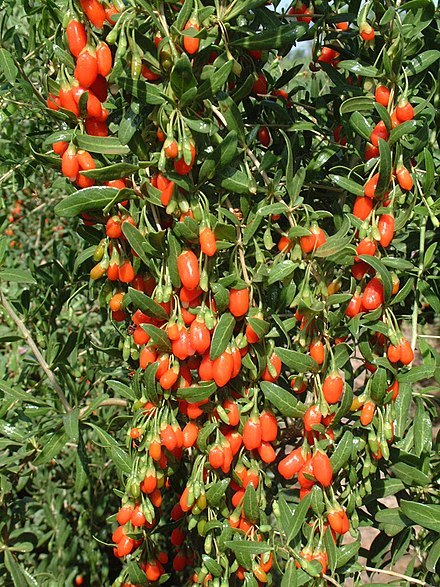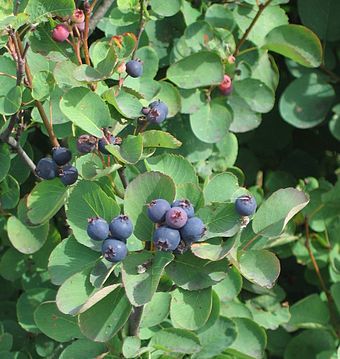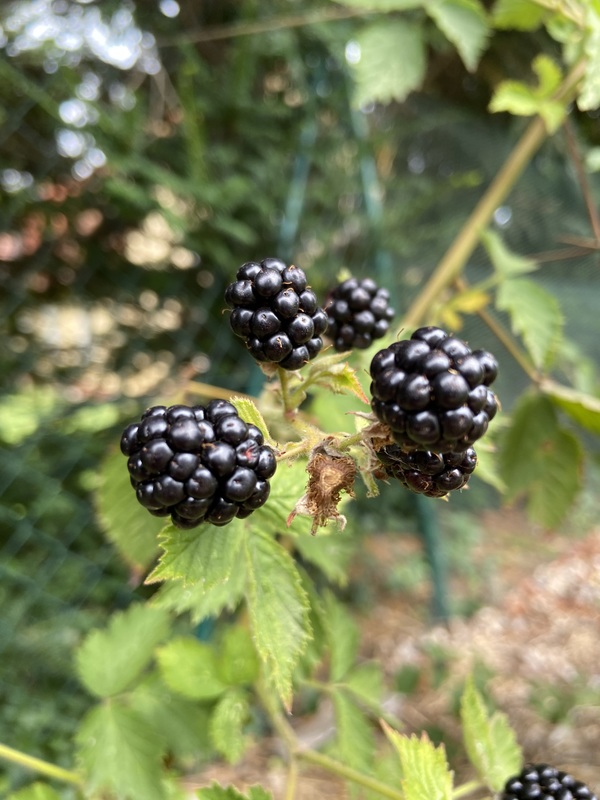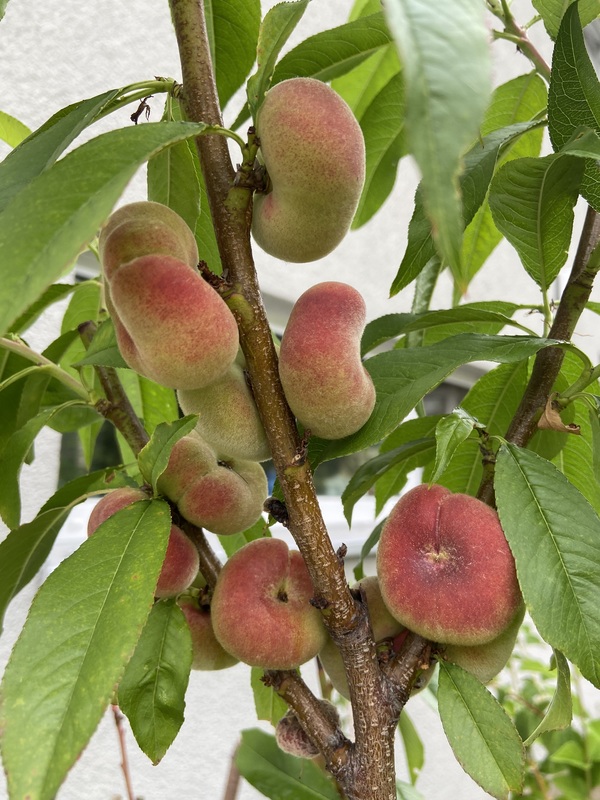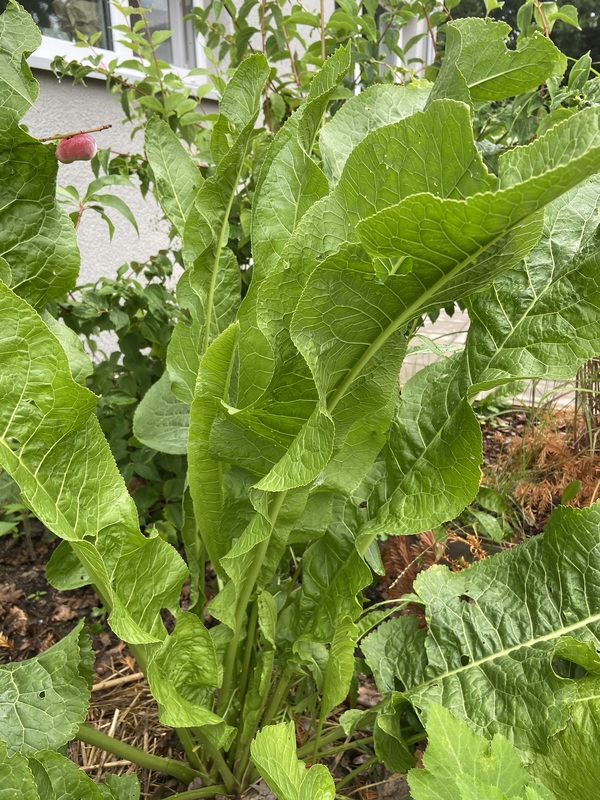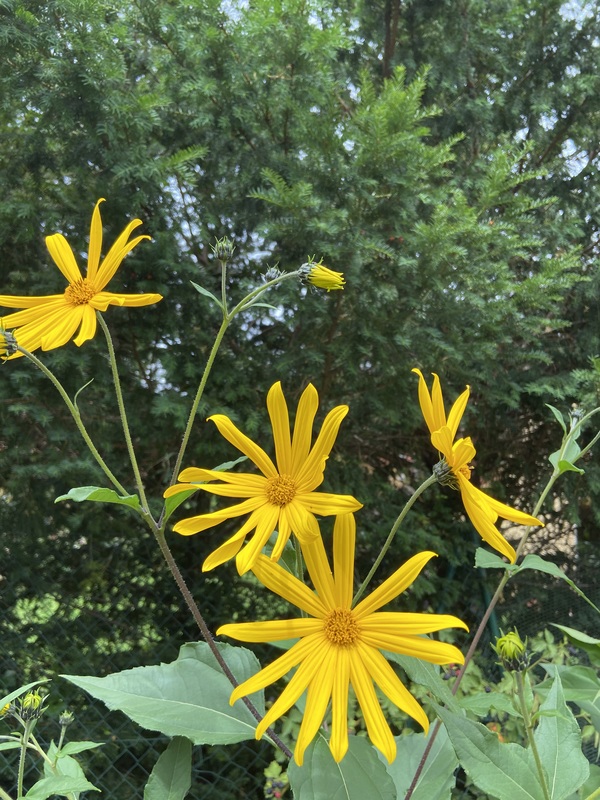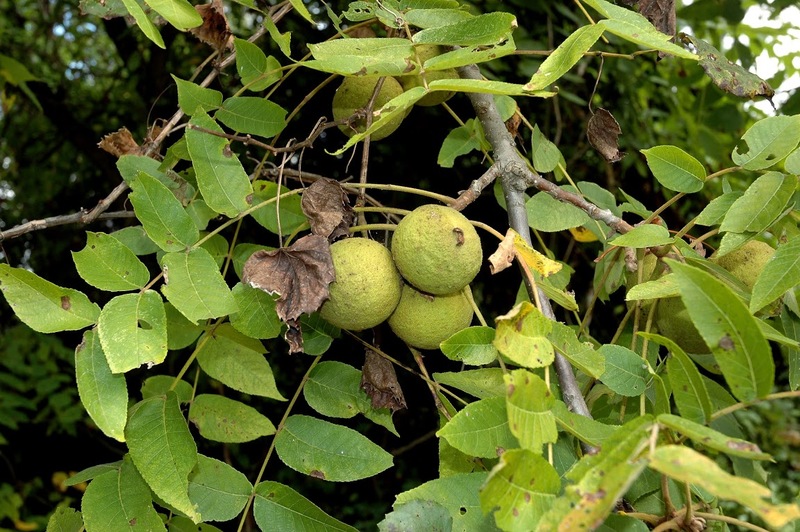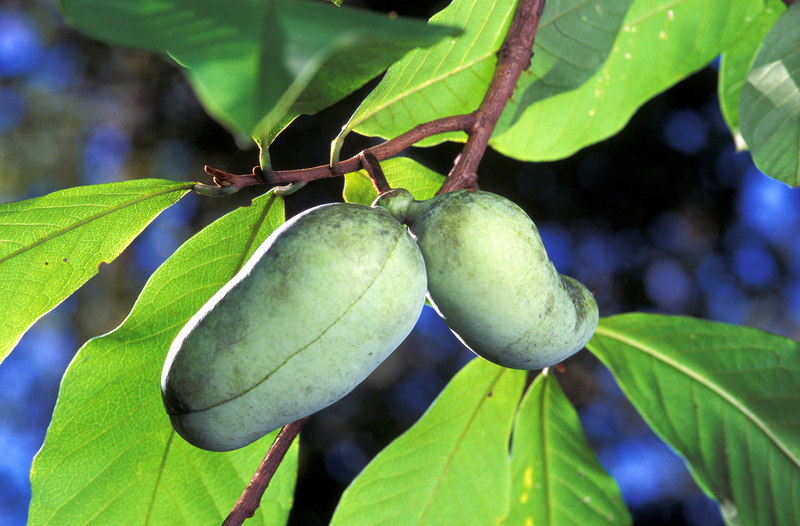Description
The Pawpaw (Asimina triloba) is a deciduous tree or shrub native to the eastern United States. It typically grows to a height of 10-20 feet, with large, oblong leaves that can reach up to a foot in length. The plant produces clusters of small, purple flowers in the spring, which are followed by large, yellow-green fruits that ripen in the fall. The fruit of the Pawpaw has a custard-like consistency and a sweet, tropical flavor, making it a popular edible fruit.
Pawpaws are relatively easy to grow and are winter hardy in many parts of the United States. They can be grown in a range of soil types, but prefer moist, well-drained soil and partial shade. They can be grown successfully with minimal care, but may require cross-pollination to produce fruit. Pawpaws have a number of uses, including medicinal uses, as a source of natural fertilizers, and as a food source for wildlife.
One of the key identifying features of the Pawpaw is its large, oblong leaves, which can be up to a foot in length. The leaves are dark green and glossy on the upper surface, and pale green on the underside. The plant’s flowers are small and purple, and are produced in clusters in the spring. The fruits of the Pawpaw are large and yellow-green, and have a custard-like consistency when ripe.
Pawpaws are generally easy to grow, and can be cultivated successfully with minimal care. They prefer moist, well-drained soil and partial shade, and are winter hardy in many parts of the United States. To successfully grow Pawpaws, gardeners and farmers may need to provide adequate moisture and cross-pollinate the plants to ensure good fruit production.
In addition to their edible fruit, Pawpaws have a number of other uses. The leaves and bark of the plant have been used medicinally, and the fruit can be used as a natural fertilizer. Pawpaws are also a valuable food source for wildlife, and the trees can provide habitat for a variety of animals.
